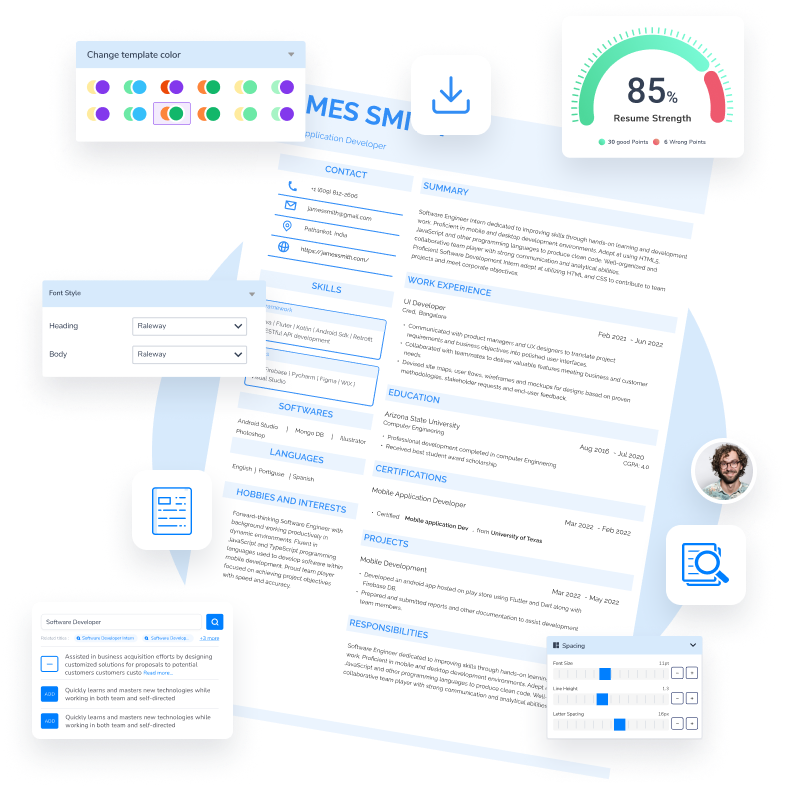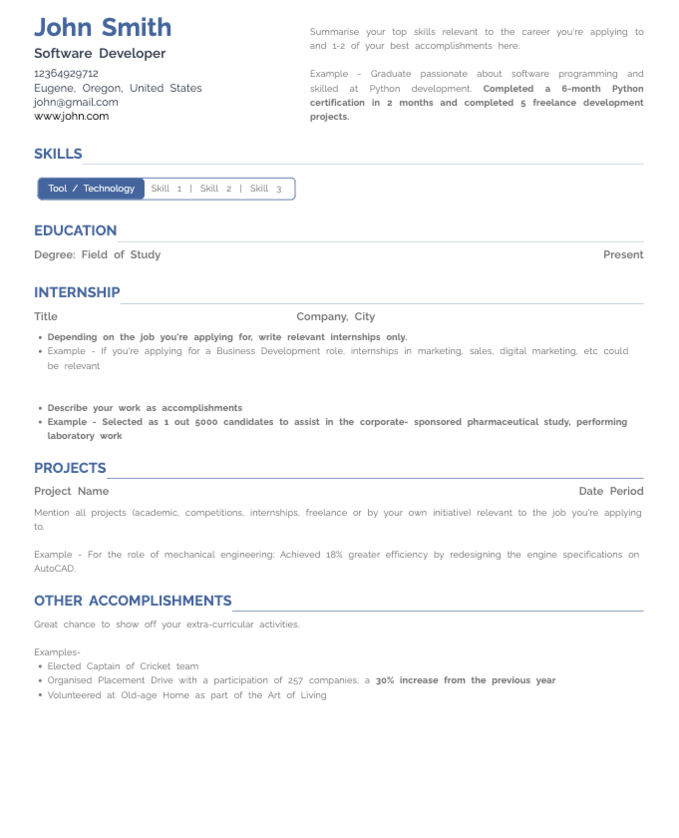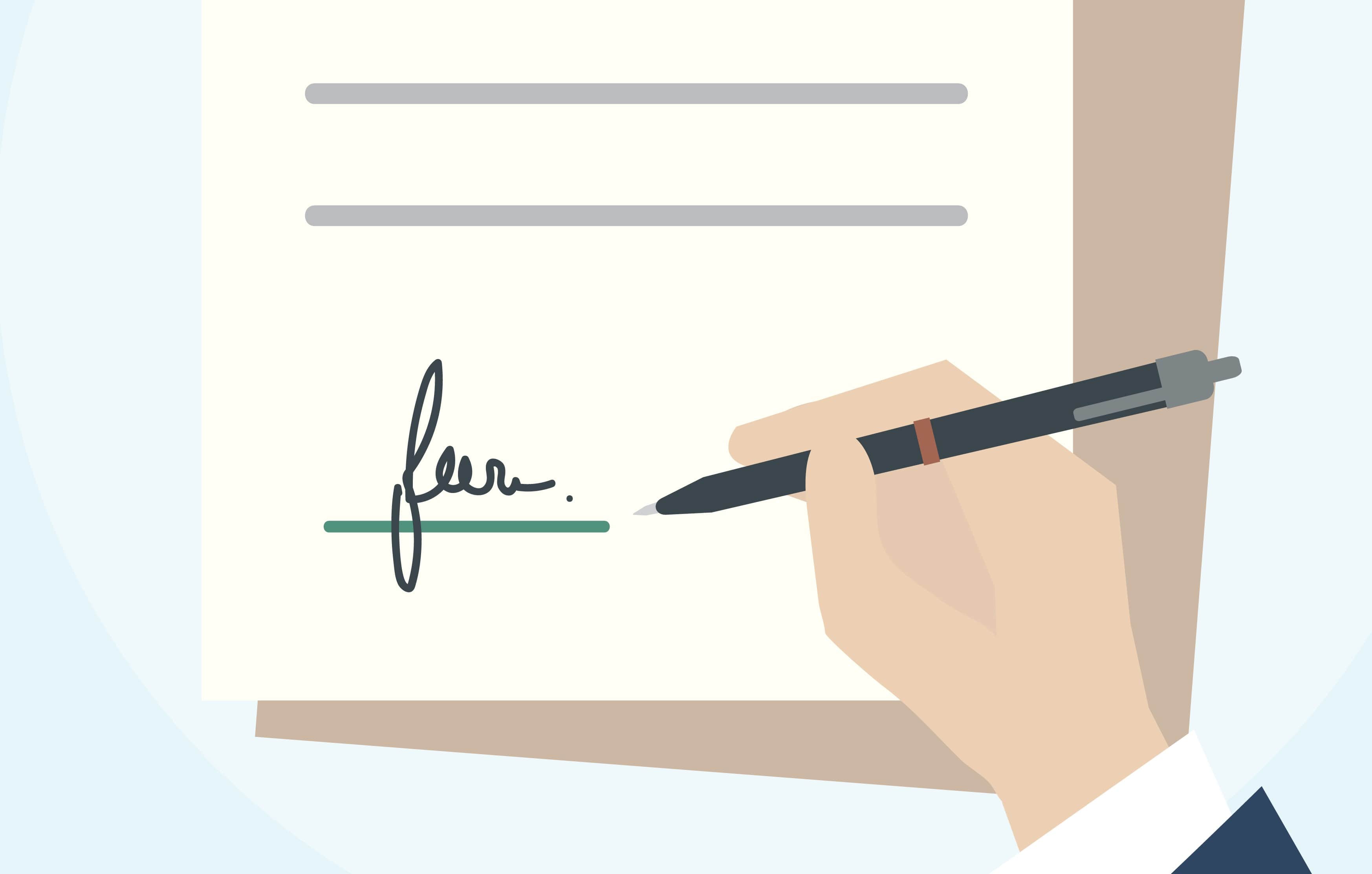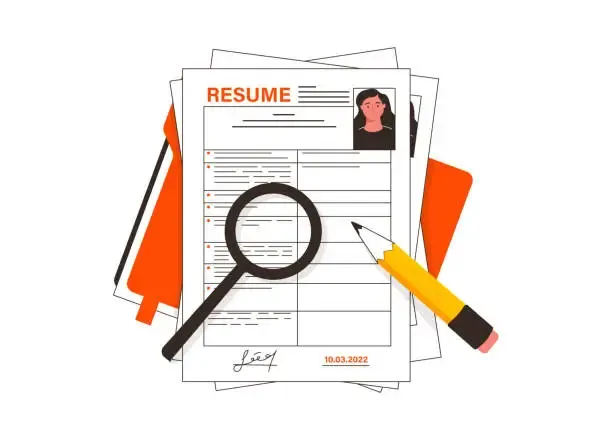Declaration Statement In Resume With Examples
3 min read

In today's job market, declaration statement in resume is generally considered unnecessary. Instead, the focus is on providing a clear and concise summary of your qualifications, skills, and experience relevant to the job you are applying for.
A well-crafted resume that showcases your skills, accomplishments, and experience can help you stand out from other applicants and increase your chances of being invited for an interview.
The resume should also be tailored to the specific job you are applying for, highlighting your relevant experience and skills that match the job requirements.
Including a declaration statement in your resume may not necessarily add value to your application, as declaration statement in resume is a generic statement that does not provide specific information about your qualifications or experience.
Additionally, declaration statements can take up valuable space on your resume that could be better used to highlight your accomplishments and skills.
Overall, while declaration in resume were once considered important in resumes, they are no longer necessary or recommended.
Instead, focus on crafting a strong, tailored resume that highlights your skills, experience, and qualifications in a clear and concise way.
If you want to make a professional resume then head over to HyreSnap resume builder. You will get tons of resume templates that matches the job description and guides to make stunning resume within 10 minutes.
In this blog, we will cover all the queries related to declaration statement in resume, including the following:
- What Is Declaration Statement In Resume?
- Why Is A Declaration Statement Required On A Resume?
- How To Write a Declaration Statement in Resume?
- Examples of Declaration Statement In Resume
- Sample Resume Format With Declaration Statement in Resume
Also Read:
Declaration In Resume For Freshers
Declaration statement in a resume is a statement at the end of the document that declares the truth and facts of the information provided you.
Usually consists of one or two sentences that summarize the applicant's career goals and the type of position they are seeking.
While declaration statements used to be common in resumes, they are now considered outdated and unnecessary.
Instead, most modern resumes start with a professional summary or profile that provides a brief overview of the applicant's qualifications and experience.
It's important to note that while the declaration statement in resume is no longer necessary, it's still important to tailor your resume to the specific job you're applying for and to highlight your relevant skills and experience.
As mentioned earlier, declaration statements in resumes are generally considered outdated and unnecessary. However, if you still choose to include a declaration statement in resume, here are a few examples:
It is important to note that these types of declarations are often unnecessary and can be included in a separate section of the resume or discussed during the interview process if necessary.
Instead of including a declaration statement in resume, focus on crafting a strong, tailored resume that highlights your skills, experience, and achievements that are relevant to the job you are applying for.
Here is an example of a resume format with a declaration statement:
[Your Name]
[Address]
[Phone Number]
[Email Address]
Objective:
[Optional: You can include a brief objective statement here that highlights your career goals and what you hope to achieve in your next position.]
Professional Summary:
[Include a brief summary of your skills, qualifications, and experience that are relevant to the job you are applying for. This section should be tailored to the specific job description and highlight your most impressive accomplishments.]
Education:
[List your educational qualifications in reverse chronological order, including the name of the institution, degree, major, and graduation date.]
Professional Experience:
[List your work experience in reverse chronological order, starting with your most recent position. For each position, include the job title, name of the company, employment dates, and a brief description of your responsibilities and accomplishments.]
Skills:
[Include a list of your skills that are relevant to the job you are applying for. These can be technical skills, soft skills, or certifications that you have earned.]
Declaration:
I hereby declare that the information provided in this resume is true and accurate to the best of my knowledge. I also declare that I am legally eligible to work in [country] and have the necessary documents to prove my eligibility.
References:
[Optional: You can include a list of professional references if requested by the employer.]
Remember, while a declaration statement is not always necessary, it is important to tailor your resume to the specific job you are applying for and highlight your most impressive accomplishments and skills that are relevant to the position.
Here are various justifications for include it:
It serves as a tool for demonstrating the veracity of the information you give. A remark like that gives your resume credibility because you are in charge of all the information it contains.
It can also stop any misunderstandings and dishonest actions throughout the hiring and application processes.
The declaration and signature confirm that the information is accurate and that you are not deceiving the company to land a job. Additionally, it promotes openness with the employer.
When submitting your resume to a potential employer through a reference, you might need to make the following statement. When the prospective employer does not already know you, the statement and your signature reassure them as to the veracity of all the material presented.
This remark at the end of your resume reinforces its professionalism by making it appear formal and professional. Your professional reputation with potential employers may improve as a result.
Typically, a statement of declaration just has one or two sentences. Therefore, it is crucial to maintain everything clear, succinct, and basic. To write one for your CV, follow these four steps:
The majority of the statement begins with a phrase assuring the hiring manager that all the information on your resume is genuine and accurate to the best of your knowledge. The last line of your CV should be something like this.
Additionally, when writing it, be precise and firm. To demonstrate accountability and honesty for your statements, use this statement.
Including the latest facts and location in your CV shows the hiring manager that you gave the most up-to-date information while also giving your claims some credibility. The date and location might be written underneath the statement on the left side of the page.
Your entire signatures below the statement serve as a declaration that you have written it and will abide by it. Your signature should appear just above your complete name on the right side of the page, beneath the message.
By using the advice above, you can add declaration statement to your resume. Building a technically sound resume is still a challenging process, though.
Use the HyreSnap Resume Builder to make the process of creating a resume easier. It is a platform powered by artificial intelligence that can generate stunning resumes with little to no work.
You can also contact our specialists at contact@hyresnap.com with any questions you may have regarding your job. We owe it to you to assist you in building a successful career in this period of intense competition.

Try Now for Free!






